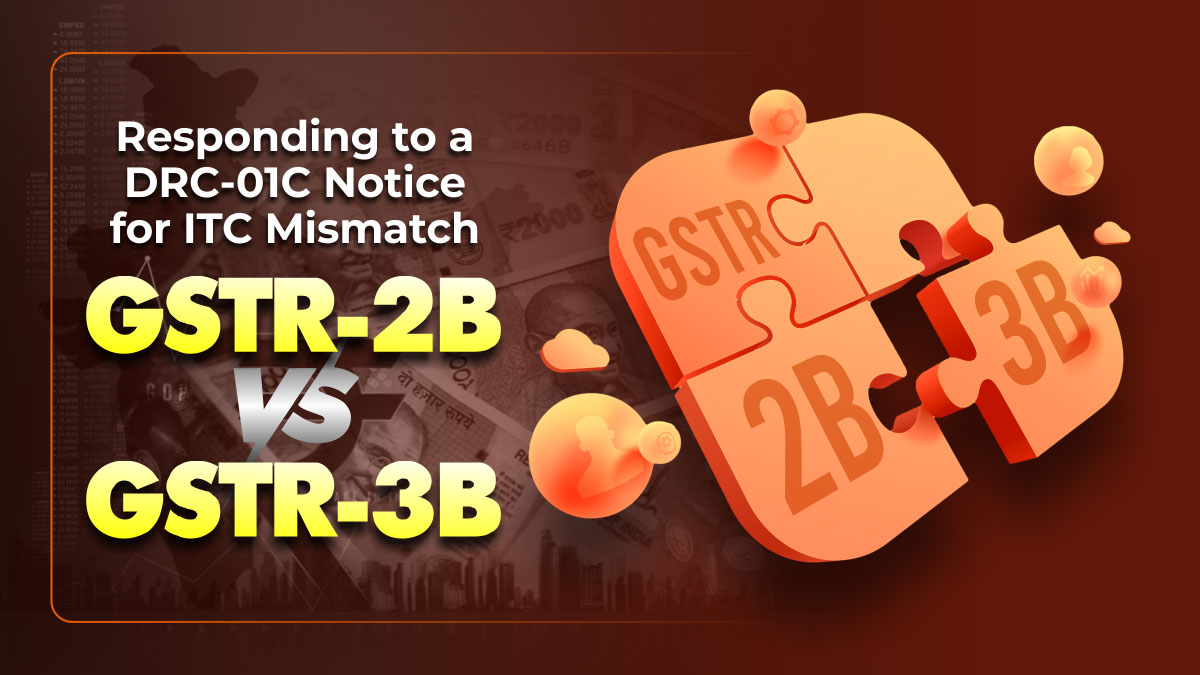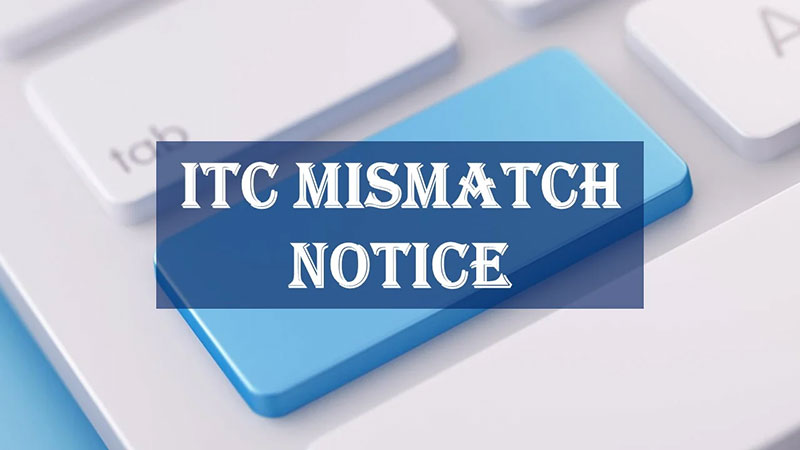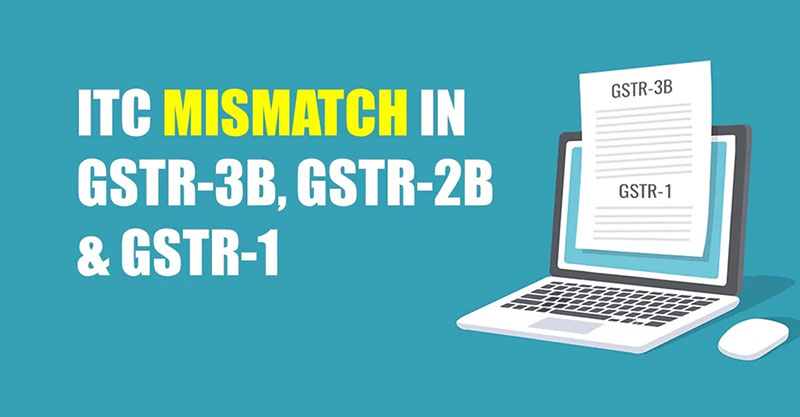
If you’ve received a DRC-01C intimation under Rule 88D for an ITC mismatch between your GSTR-2B and GSTR-3B, you’re likely wondering what steps to take next. It can be a significant event for businesses registered under GST. It indicates a potential discrepancy between the Input Tax Credit (ITC) claimed in GSTR-3B and the ITC available in GSTR-2B for the same tax period. Understanding the implications of this notice is crucial for maintaining compliance with GST regulations and avoiding penalties. Here’s what you need to know and how to respond effectively.
What is a DRC-01C Intimation under Rule 88D?
Rule 88D of the CGST Rules outlines the procedure for addressing discrepancies in ITC between GSTR-2B and GSTR-3B. As per this rule, if the input tax credit (ITC) claimed in your GSTR-3B exceeds the ITC available in GSTR-2B for the same tax period, the registered person will receive an intimation in Part A of FORM GST DRC-01C. This intimation highlights the difference and directs the taxpayer to either pay the excess amount of ITC along with interest or provide a valid explanation within seven days. Understanding the legal framework of Rule 88D is essential for complying with GST requirements and avoiding any adverse consequences.
Who Receives a DRC-01C Intimation?
Any registered person who has claimed ITC in excess of the auto-populated amount in GSTR-2B can receive a DRC-01C intimation. This notice is typically sent electronically via the GST portal, accompanied by details of the discrepancy and instructions for further action. It’s crucial to promptly review and acknowledge the receipt of this intimation to ensure timely compliance with GST regulations.

What to Do Upon Receiving a DRC-01C Intimation?
Upon receiving the intimation, your first step is to reconcile your ITC for the mentioned tax period(s) and determine the reason for the excess claim. If it’s due to a mistake, promptly reverse the ITC along with interest and file a response in Part B of DRC-01C by providing the ARN of DRC-03 for payment of tax and interest.
If the excess claim is due to a genuine reason, provide a response in Part B of DRC-01C, detailing the exact reason for availing excess ITC. You can choose from predefined reasons or explain under “Any Other reasons” and attach a proper reconciliation.
Will the Filing of GSTR-1 Be Affected?
Failure to respond to the DRC-01C intimation can have implications as mentioned above. As per GST regulations, taxpayers are not allowed to file their GSTR-1 until they have addressed the discrepancies highlighted in the DRC-01C notice. Therefore, it’s essential to prioritize responding to the intimation to avoid delays in filing returns and potential penalties for non-compliance.
Reasons for Mismatch and How to Avoid Them
Various factors can contribute to discrepancies between GSTR-2B and GSTR-3B, including missed claims, errors, or mismatches in supplier filings. Common scenarios include input tax credits not claimed in previous tax periods, errors in supplier filings, or incorrect details in GSTR-3B returns. Regular reconciliation and diligent record-keeping can help identify and rectify such discrepancies, minimizing the likelihood of receiving a DRC-01C intimation in the future.

How to File a Reply to DRC-01C?
Responding to the DRC-01C intimation involves filing a reply in Part B of DRC-01C on the GST portal. Taxpayers can access this section under the Returns tab and provide the necessary details, including the ARN of DRC-03 or reasons for the discrepancy. It’s essential to ensure accuracy and completeness in the response and attach any supporting documents or reconciliations as required. Following the prescribed procedure diligently can help expedite the resolution of the discrepancy and ensure compliance with GST Compliance regulations.
Consequences of non compliance
In addition to restriction on filling of GSTR 1 in case of non-compliance with the DRC-01C, it will also attract demand and recovery provisions of Sections 73 or 74 of the CGST Act, a demand notice and adjudication as mentioned in Rule 88D(3).
Conclusion:
Navigating through a DRC-01C notice can be a challenging task for taxpayers, but understanding the process and following the prescribed procedures can help alleviate the burden. By promptly responding to the intimation, reconciling ITC, and providing valid explanations for discrepancies, businesses can ensure compliance with GST regulations and avoid penalties. Regular reconciliation and record-keeping are key to minimizing the likelihood of receiving such notices in the future, allowing businesses to focus on their core operations with confidence.
